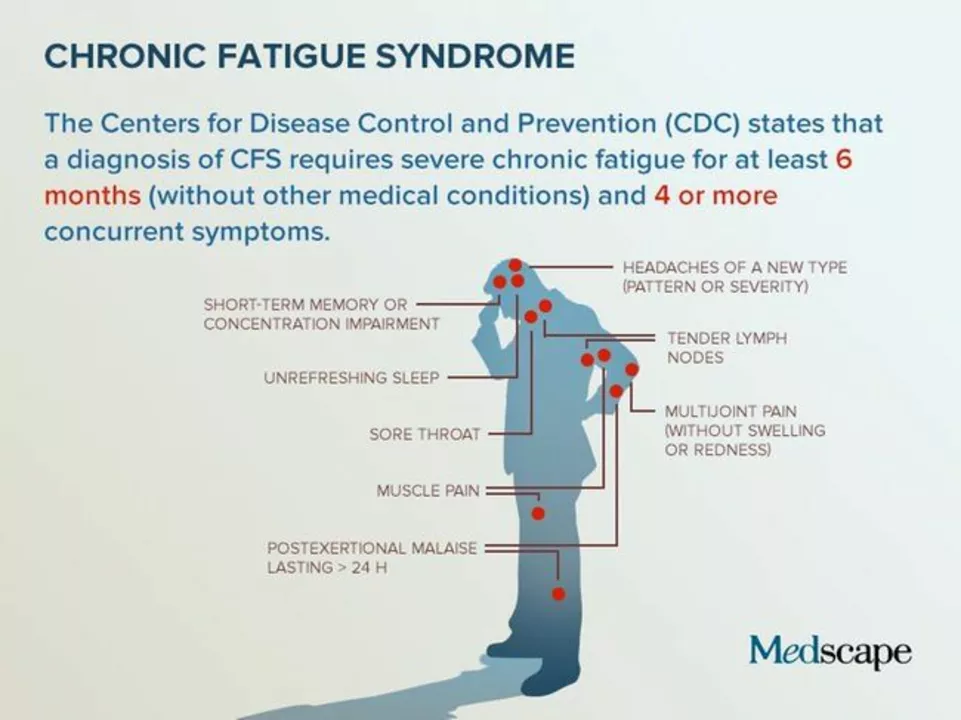Ever felt dizzy or lightheaded when you stand up suddenly? That might be orthostatic hypotension—a condition where your blood pressure drops unexpectedly upon standing. When it happens without a clear cause, doctors call it idiopathic orthostatic hypotension. It can be annoying, and sometimes risky if you faint or fall. But knowing what’s behind it and how to handle it can make a real difference in your daily life.
So, what exactly happens? Normally, your body adjusts blood flow when you stand to keep your brain supplied with oxygen. In idiopathic cases, this automatic adjustment doesn't work well, which causes that sudden pressure drop. You might notice dizziness, blurred vision, or weakness—especially after standing quickly. These symptoms can interrupt your routine or make physical activity tricky.
Besides feeling dizzy or faint, some people experience headaches, nausea, or heart palpitations. These signs can become more frequent or severe without clear triggers, which is a red flag to talk to your healthcare provider. While idiopathic orthostatic hypotension doesn’t usually have an obvious underlying illness, it’s important to rule out other reasons like dehydration or medication side effects.
Don't wait if you get frequent falls or your symptoms worsen. A simple blood pressure check lying down and standing up can help your doctor spot the problem early. They might also recommend keeping a diary of your symptoms and daily habits to tailor the best approach for you.
Managing idiopathic orthostatic hypotension is often about small lifestyle changes. Try rising slowly from sitting or lying down—give your body a moment to adjust. Drinking plenty of water helps keep your blood volume steady, which can stop those dizzy spells. Wearing compression stockings can also boost blood flow back to your heart.
In some cases, your doctor might suggest medications or specific exercises to strengthen your blood pressure response. Avoiding alcohol and heavy meals can reduce the chance of sudden drops. With the right care and attention, many people find they get their balance back and feel more secure moving around.
If you want to learn more about related medications or strategies for your health, Zavamed.com is here for you with trusted info and real-world advice. Remember, understanding your condition is the first step to feeling better every day.
Posted by
Paul Fletcher
11 Comments

In my recent research, I discovered a fascinating connection between Idiopathic Orthostatic Hypotension (IOH) and Chronic Fatigue Syndrome (CFS). Both these conditions have some overlapping symptoms, such as dizziness, lightheadedness, and fatigue, which can make diagnosis difficult. It is believed that IOH might be a contributing factor to CFS, as it affects the body's ability to regulate blood pressure and blood flow. This could potentially lead to inadequate blood flow to the brain, resulting in fatigue and other CFS symptoms. Further research is needed to better understand this relationship and develop effective treatments for those suffering from both conditions.
read more